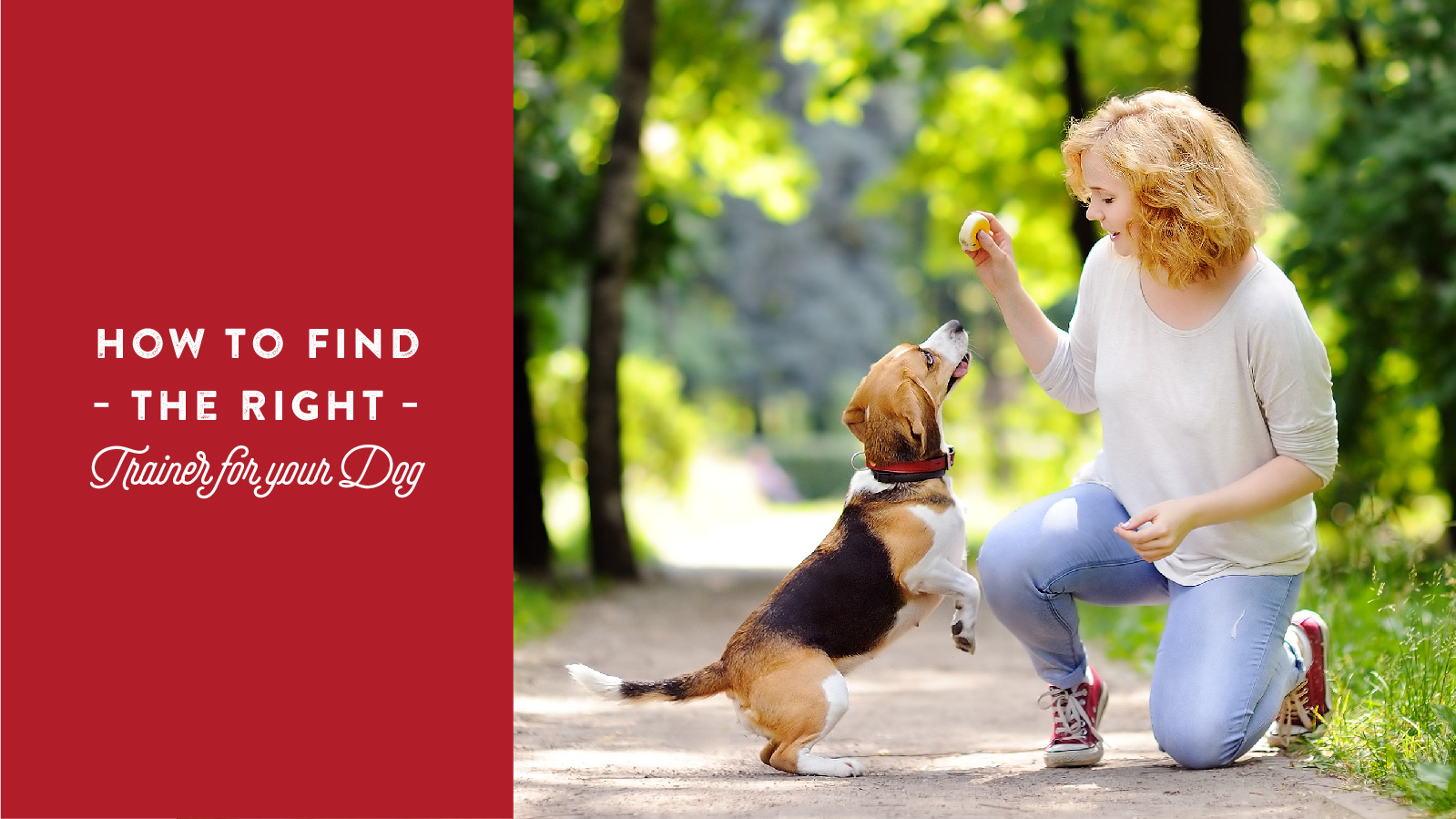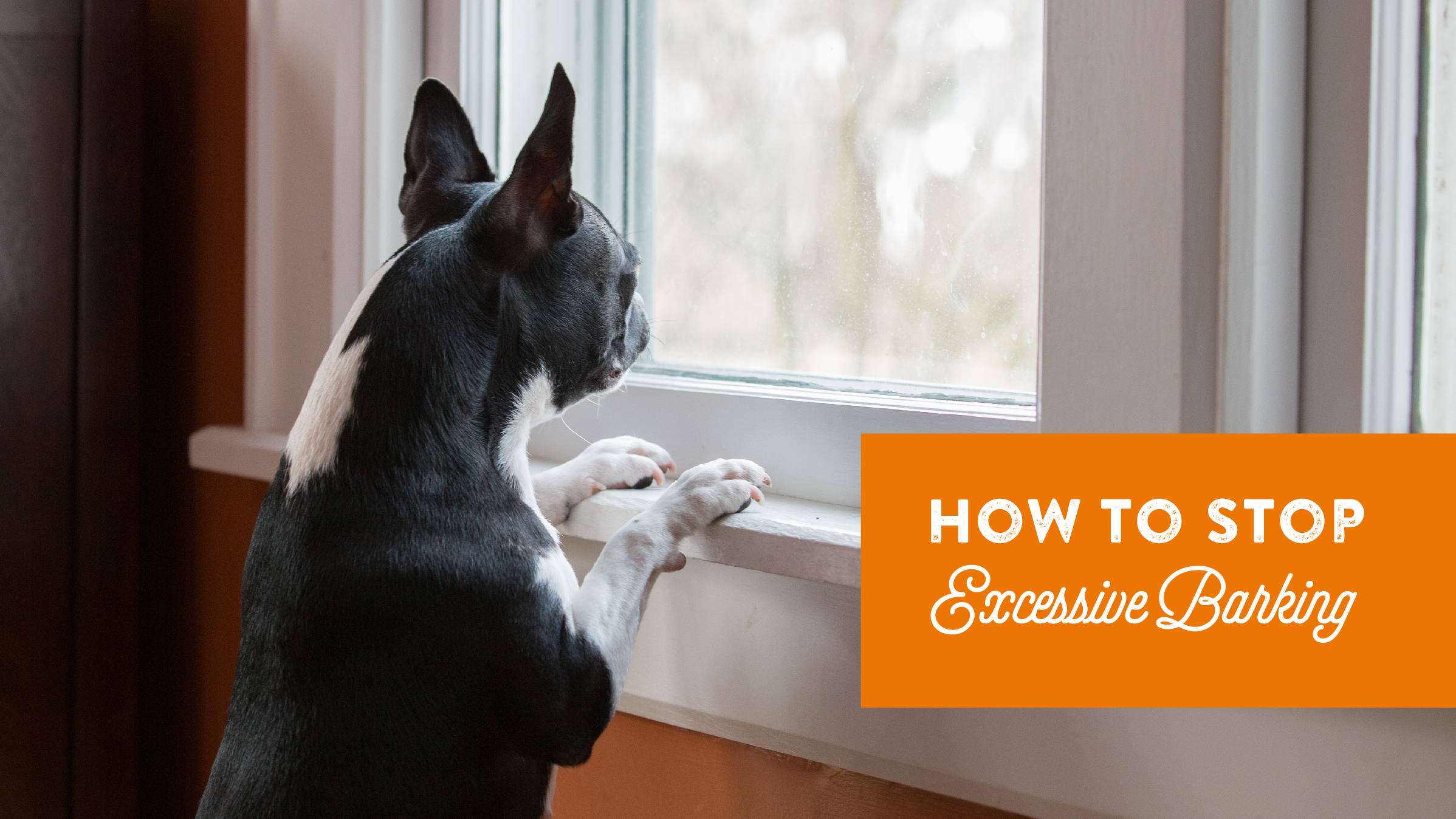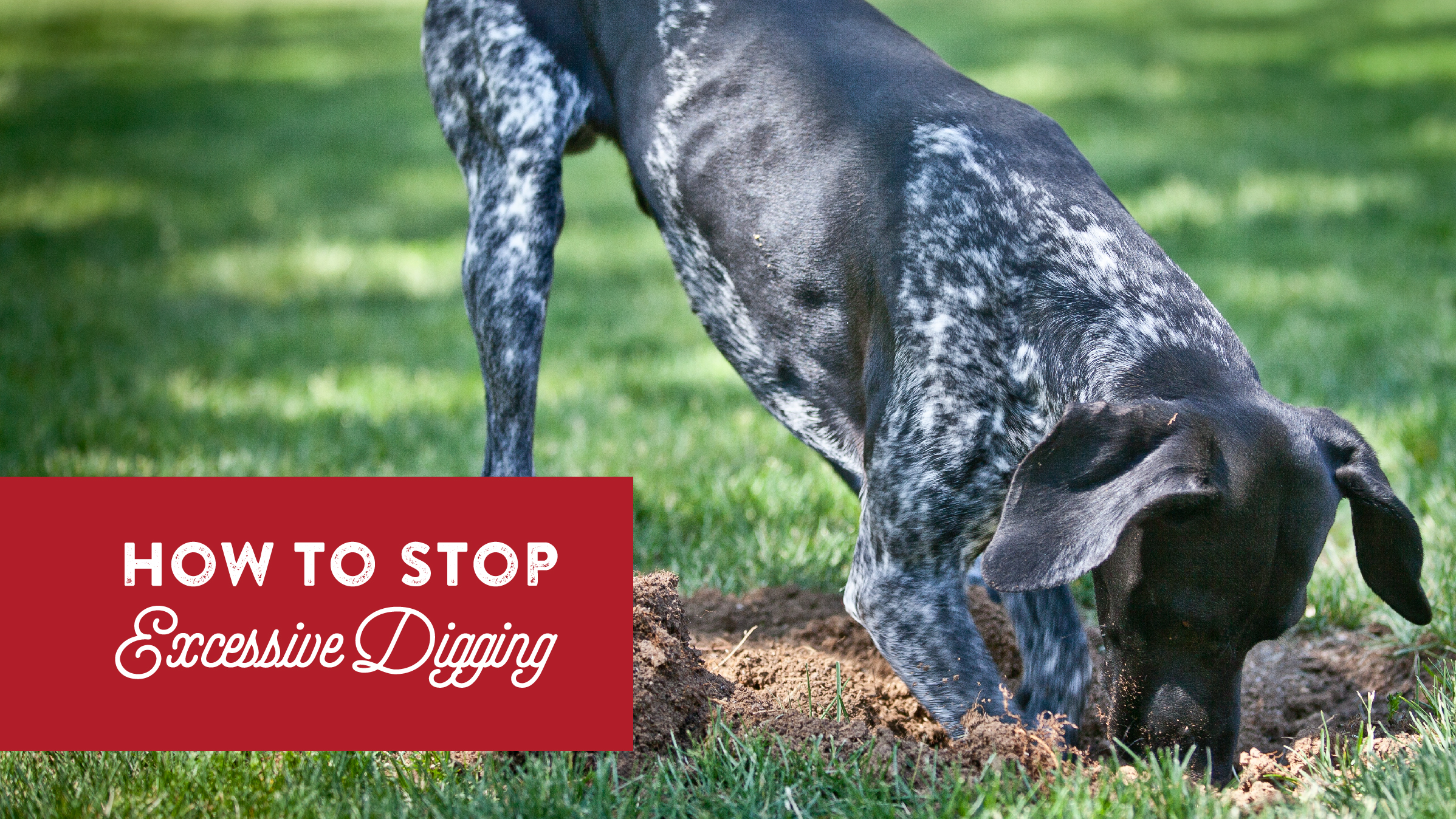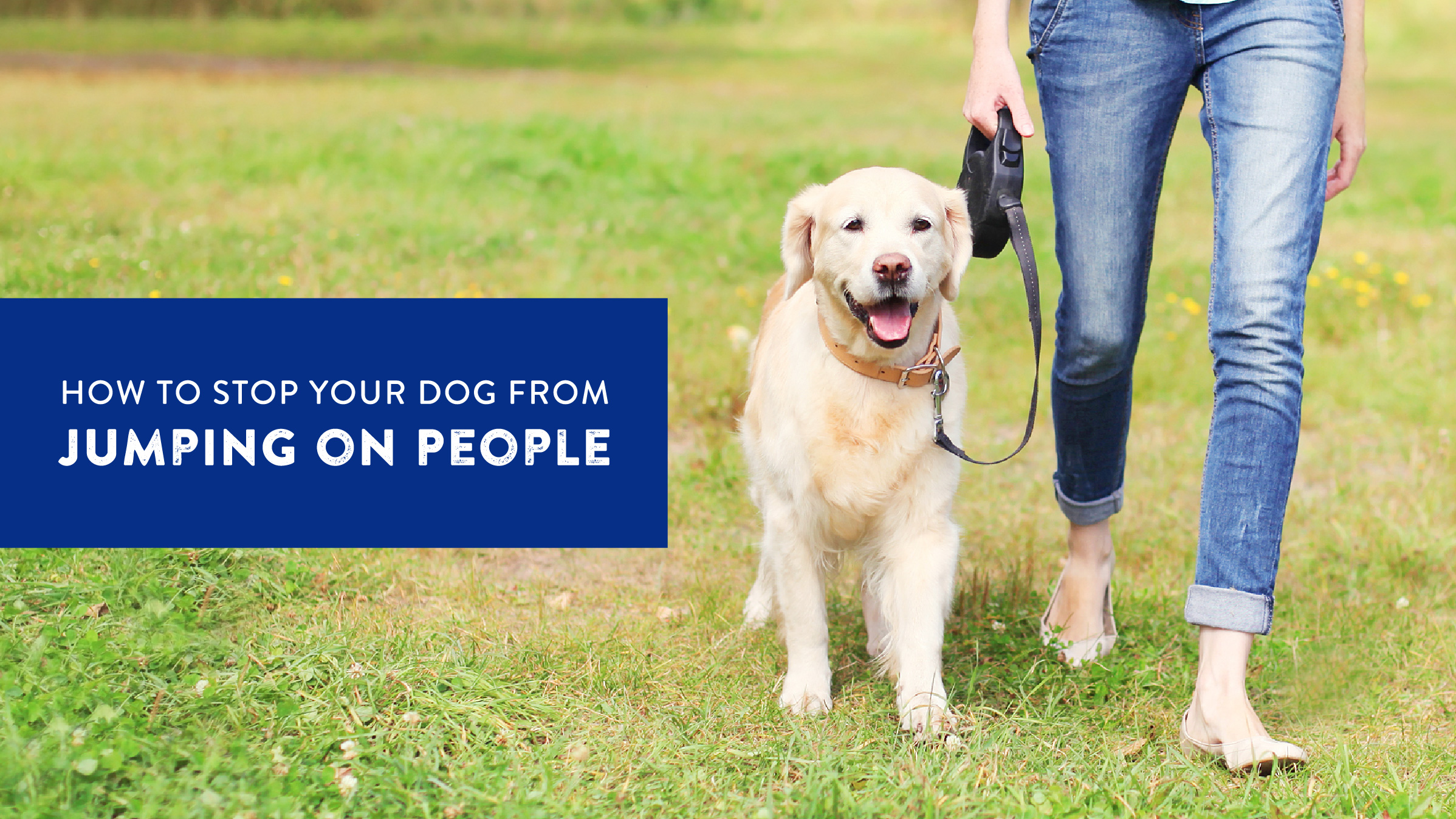By Steve Dale
Choosing the right trainer for your pup can feel like a challenge, especially if you don’t know where to begin. There are a number of training options available and with the right amount of research and understanding of your dog’s needs, finding the best one can be easier than you think. The following steps can help you get a jumpstart on finding the right trainer for your dog.
Step One: Research
Dog training has changed over the years and there are a number of different methods employed today. Look for a trainer who uses positive reinforcement training. This method rewards the dog for appropriate behavior and teaches alternative behaviors for inappropriate ones. Training is an unregulated industry, so research is important to find the right option for your dog.
Step Two: Group or Individual
A group environment for dog training can provide socialization and distraction training for your pup. It will expose him to other dogs and people, providing him with the opportunity to learn how to behave around others. But sometimes, dogs learn best in one-on-one situations. If your dog is anxious or easily over stimulated, private training may be your best bet. Private trainers may offer services outside of their own facility, such as in the home, which can also be more convenient.
Step Three: Determine Training Needs
Many trainers offer sessions based on the needs of your dog. If you have a puppy, puppy training courses will teach him everything he needs to know, from sitting to not barking. If you are dealing with problem behaviors, such as jumping on guests or biting, look into specific classes that better fit those needs. Not all trainers offer the same services, and a certified animal behavior consultant might be best when dealing with behavioral issues (more at www.iaabc.org).
Step Four: Get to Know the Trainer
Once you have done your research and narrowed down your options, get to know more about the specific trainers themselves. Certification is not mandatory for dog trainers, but it shows dedication to their profession and helps them keep up with new techniques through continuing education. One of the most common certifications is from the Association of Pet Dog Trainers. Other certifications are associated with specific methods, such as KPI certified from the Karen Pryor Institute which focuses on clicker training. Certified Behavior Consultants certified by the International Association of Animal Behavior Consultants often instruct classes as well. Personality can also play a role in trainer selection. You want to find a trainer who can be patient, encouraging and respectful as she teaches you and your dog.
Step Five: Get Started
Choosing the right trainer will most likely be the hardest part of the process. Accept recommendations from a friend who says the class was a positive experience, not only for the human but most important for the puppy. Audit a class first. If you witness harsh punitive methods, choose another option. Puppy instructors should never use choke (chain link) or prong collars, or electric collars that “teach” by delivering shocks to puppies. If it doesn’t feel right for you, it likely isn’t right – listen to your gut. After you have found the trainer that best fits your needs and sensibilities, you are ready to sign up for a course.
For more information and advice from Steve Dale visit https://www.stevedalepetworld.com/.



